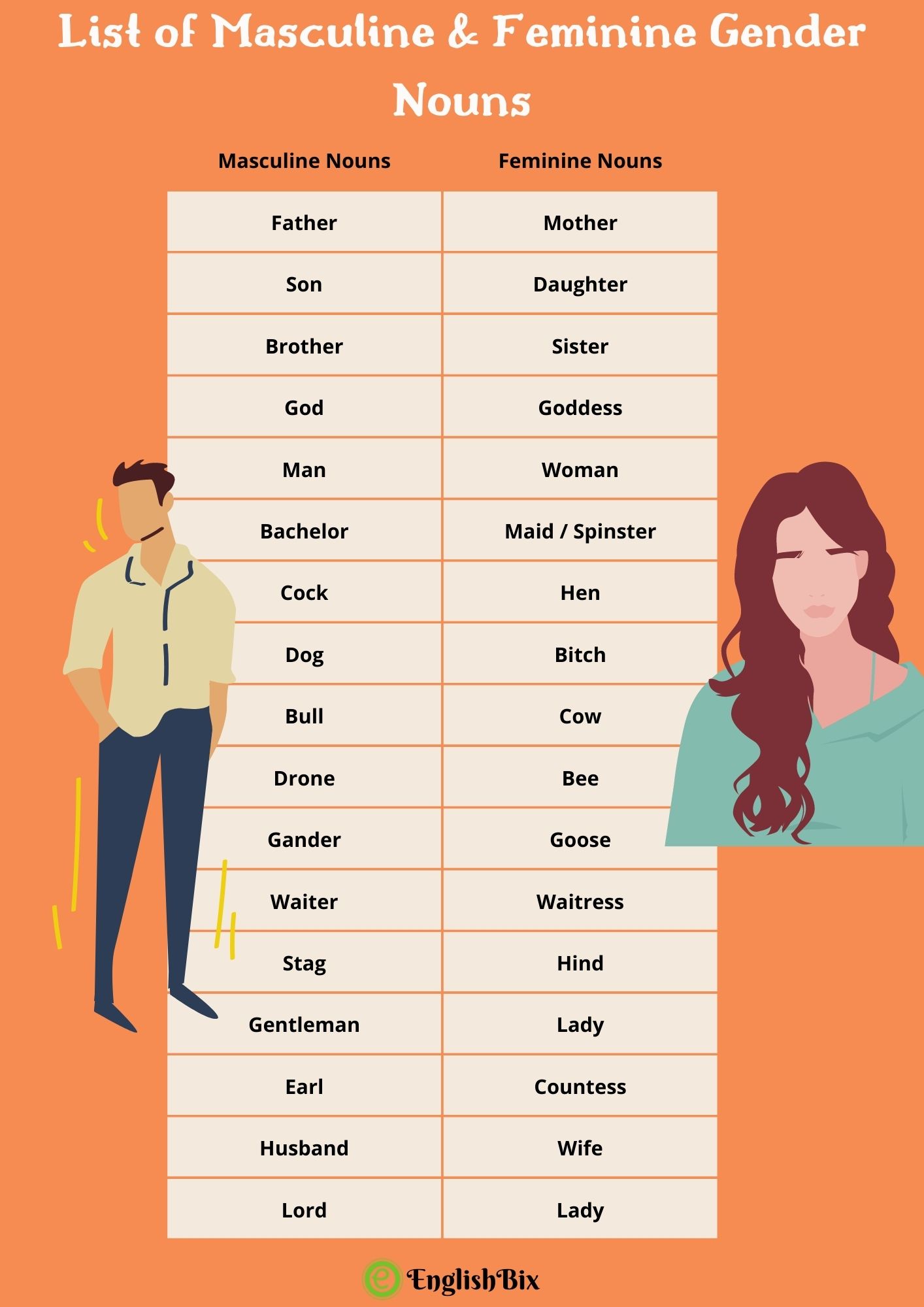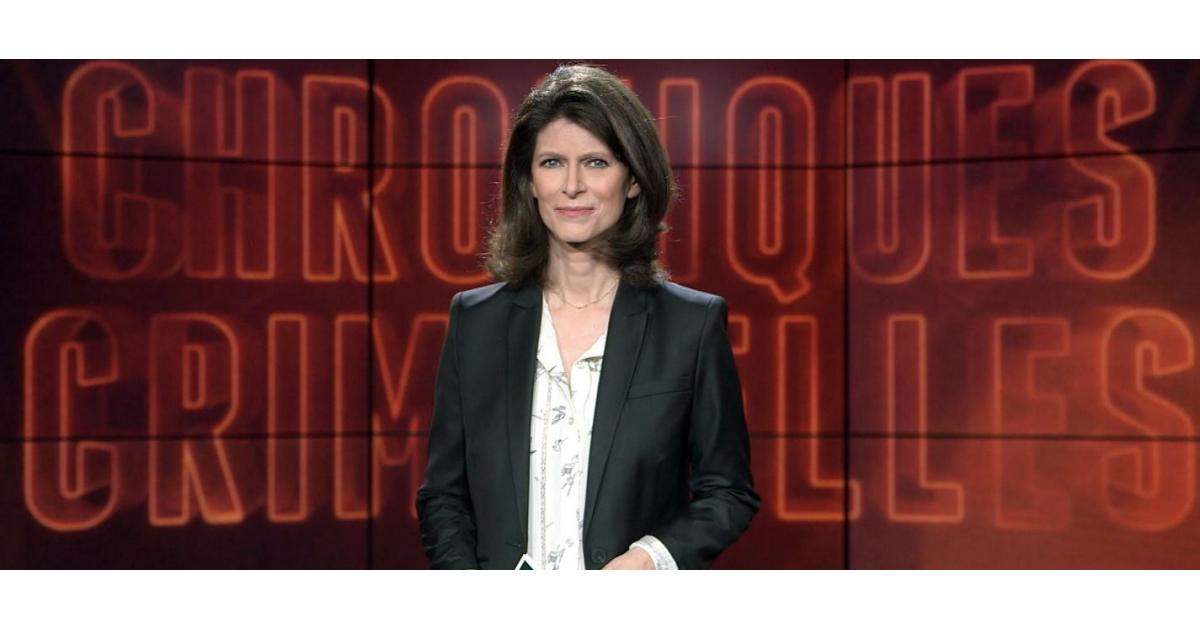

Translation French - English Collins Dictionary. Good question! As you shall see in upcoming lessons, Spanish places a great deal more emphasis on gender than does English. La chane pour enfants Teletoon a un nouvel animateur vedette, Giorgio. Why do you care whether a noun is masculine or feminine? host facilitator animator presenter moderator leader entertainer broadcaster instructor. Because the definite article (el, la) is your clue as to whether a noun is masculine or feminine.Because many nouns end in letters other than o or a.Because not every noun that ends in -o is masculine, and not every noun that ends in -a is feminine.Because you cannot predict the gender of most nouns.When you learn a new noun, you should also learn its definite article (el, la). Do you think the Spanish word for “necktie” is masculine or feminine? You might expect it to be masculine, since a necktie is an article of clothing worn by males.Īctually, the word for “necktie” is a feminine word: Do you think the Spanish word for “dress” is masculine or feminine? You might expect it to be feminine, since a dress is an article of clothing worn by females.Īctually, the word for “dress” is a masculine word: Do not try to analyze the nature of the object, looking for some inherent masculinity or femininity. One cannot predict the gender of a noun, except in the case of living creatures. Try to predict whether the Spanish words for the following things are masculine or feminine: One cannot predict the gender of a noun that stands for a non-living thing. That’s why the leaders of male social circles tend to get the most female. Masculine energy leads, feminine energy follows. In Spanish, verbs dont match the gender of the noun, but in Russian, past tense verbs do match the nouns gender. The ability to lead is an undeniable pillar of masculinity. Notice the word usually! There are exceptions to these two rules and you will soon be learning them. In both Spanish and Russian, for example, adjectives have to match the gender of the noun, but these languages treat verbs differently. Nouns that end in -a are usually feminine. Nouns that end in -o are usually masculine. The idea that nouns have gender seems perfectly natural when the noun stands for a living creature.

What do you notice about the last letter of these nouns? Masculine Note: These two words (el, la) are called “definite articles.” You will learn more about them in a later lesson. How are all of these feminine nouns alike? Hint: look at both the beginning and the ending of each line. How are all of these masculine nouns alike? Using Object Pronouns with CommandsĮl gato male cat la gata female cat el perro male dog la perra female dog el chico boy la chica girl el abuelo grandfather la abuela grandmother But there is no one foolproof rule for what makes a word masculine or feminine in Italianit’s just. If it is an o, the noun is usually masculine and if the word ends in -a, it’s usually feminine. The most basic way of identifying a word’s gender is to look at the final vowel.
Animatrice masculine or feminine how to#
Subjunctive VIII: Actions not yet completed How to Tell if an Italian Noun Is Masculine or Feminine. Subjunctive III: Verbs that change orthographically Some women who act prefer to be called actors rather than actresses. Subjunctive II: Conjugating regular and stem-changing verbs An actress is a woman whose job is acting in plays or films. Disney’s damsels, like Snow White and Cinderella, reinforced domestic gender roles whereas Warner Bros.’ sarcastic and sexy dames, like Petunia Pig or Bugs Bunny in lingerie drag, reinforced women’s objectification and, at times, like the girl cat being chased by the boy skunk Pepe Le Pew, violence against women,” Katia argues in her paper published back in 2018. women differ from Disney in their sassy attitude and overt sexual appearance, the message remains the same: women exist as the male object of desire. “These feminine characters’ gendered demarcations were shown through sexualized attributes such as breasts and curves, as well as feminine clothing, hairstyles, and long eyelashes.

portrayed them as sexualized broads and dames,” she continued. Whereas Disney portrayed its young women as conservative and beautiful damsels, Warner Bros. animators transformed their cartoons into a cacophony of the surreal. To compete with the overwhelming appeal of the symphonic Disney style of sentimental and cute, rival Warner Bros. “This image fitted into Disney’s feminine triptych, perpetuating heteronormative gender coding in the form of the princess, the witch, and the fairy godmother. of sociology, writes in her paper: “Disney’s pedagogy and gender coding set the stage for the princess master narrative that has come to be associated with animated women young, thin, demure, attractive, orphaned heroines and their cute animal friends who passively await rescue from an unknown prince.” Surprisingly, there was already some research done on the topic.


 0 kommentar(er)
0 kommentar(er)
